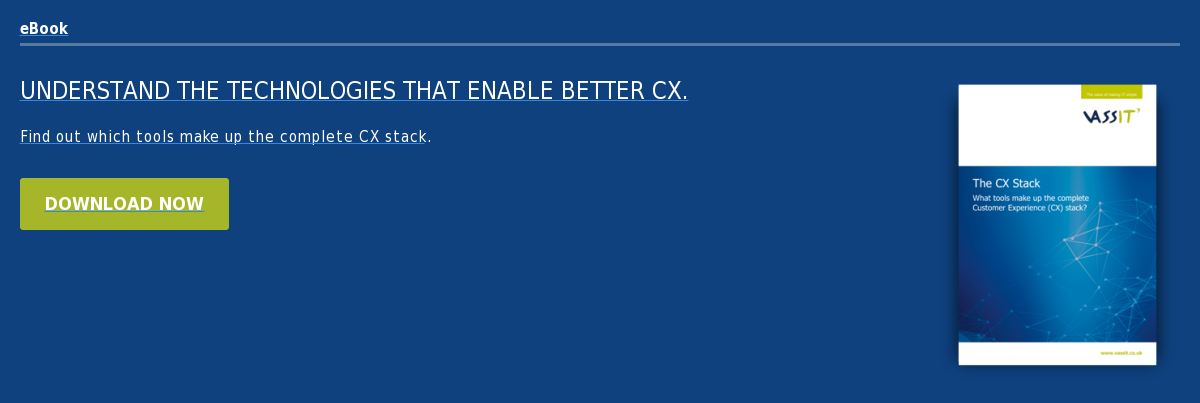As technology advances, so should businesses. Technology is playing an increasingly important part in directing modern businesses; helping them improve their operational efficiency, communications and strategy. Having already looked at the latest CX trends for 2016, we now look beyond this year to identify emerging technologies and how they will affect customer experience (CX) in the future.
Every year Gartner publishes research that aims to interpret the evolution and mainstream adoption of technology over time, from the ‘technology trigger’ to the ‘plateau of productivity’. Companies, particularly those in the technology industry, can use Gartner’s predictions to influence their decisions and identify opportunities regarding their systems integration. We’ve looked at this year’s hype cycle for emerging technologies to bring you the top trends affecting the future of CX, business intelligence and the IoT.
Adoption of Immersive Technologies Improving CX
The first trend predicted by Gartner is directly linked to CX, as it affects how humans and technology will interact – transparently immersive experiences. Future technology such as gesture control devices, computer-brain interface and augmented reality will be designed to blur the line between humans and technology. These immersive experiences will be achieved through their ability to perceive context and to act more fluid as they adapt into our lifestyles. Gartner predicts that augmented reality will be in mainstream adoption in little over 5 years, whilst more complex technologies, such as brain-computer interface, will take over 10 years. This presents an opportunity for companies to improve their CX by rethinking how their technology interacts with their customers. For example, using augmented reality in offices could improve productivity as employees find new ways to interact and share information.
Smart Machines Empowering Business Intelligence
According to Gartner, smart machine technologies will be the most disruptive class of technologies over the next 10 years, due to the amount of data and computing power they require. Harnessing the power of smart machines will be crucial for businesses, as it will enable them to generate meaningful insights by predicting issues and opportunities before any human could. Smart machines, such as virtual personal assistants, machine learning and context brokering have the potential to bring business intelligence to companies, enabling them to personalise their CX through analysing multiple data points.
Future of The IoT
Despite always appearing on the far left side of the hype cycle, futuristic smart machines, such as smart robots and smart dust could revolutionise the IoT. Currently, there is little known about smart dust and its application in business. So far, most of the predicted applications of smart dust relate to healthcare or architecture. But with more technologies interacting with each other, the future of the IoT is looking bright as more and more data is being generated with every connected device. Tapping into this big data source with the correct analytical tools will be vital, especially as we start to move into a knowledge economy.
The IoT platform wasn’t the only thing to be cited by Gartner in their 'platform revolution'. The shift from technical infrastructure to digital platforms will introduce the adoption of Neuromorphic Hardware, Quantum Computing and Blockchains, to name a few. With these dynamic platforms taking shape, it is likely to be followed by entirely new business models where humans and technology work side-by-side.
Conclusion
Despite many emerging technologies remaining masked in secrecy, Gartner’s hype cycle provides a glimpse into a future where the use of technology will become a key factor in achieving competitive advantage, yet so transparent and contextually-driven that we will hardly notice using them. Companies must adapt their business models to allow for this influx of technology and start thinking of ways to analyse the increased amount of data to generate insights that guide their decision-making.
Although it's good to plan ahead, the majority of emerging technologies will take over 10 years to reach mainstream adoption. It's therefore important you don't forget about the present. Download our guide to better CX now to understand the technologies required to make up the complete CX stack.




